Late-night emails from PRIMER co-founder Anna are not unusual, but the postscript on a recent message read:
PS – pls advise what order to apply serum and retinol. #confusedinbondi
Anna had recently started using a retinol serum, and her question had me thinking: why aren’t more women using them? A quick poll revealed most of my family and friends, along with one in three PRIMER readers, are not regular serums users – and, let me tell you, you are missing out.
“Serums are fast-acting, hard-hitting, skin problem solvers,” says Emma Hobson, the Asia Pacific director of education for Dermalogica and The International Dermal Institute.
Highly concentrated and packed with active ingredients “like vitamins or protein peptides”, she explains that serums are designed to “target specific problems, such as dehydration, redness and ageing”.
Serums are not a new thing. Anyone who grew up in the ‘80s will remember Estee Lauder’s Advanced Night Repair, which remains a bestseller. “What has changed,” says Dr Michele Squire, the scientist behind personal skin coaching service Qr8, “is the sheer number, variety and accessibility of serums, and the dramatic increase in consumer expectation around what serums can achieve”.
But while innovation has conditioned consumers to expect big things from their skincare, you’ll need to be realistic. A serum won’t deliver overnight results, and it’s advisable to be wary of the latest ‘it’ ingredient. “There is little science behind some modern ingredients, and serums can never emulate the effects of professional treatments like lights and lasers, and chemical peels,” says Dr Squire. “But a science-backed regime, incorporating SPF50+ sunscreen and carefully chosen serums, works hand-in-hand with these therapies.”
There is little science behind some modern ingredients…
To answer Anna’s inquiry about application, “generally, you apply skincare products in order from lightest (most watery) to heaviest (most creamy/oily),” says Dr Squire. Serum goes on clean, preferably exfoliated skin (so they have the best chance to do their job), which means post-cleanser and essence/toner (if you’re using one), and pre-moisturiser (remember: serums are not moisturisers, and moisturisers act as the final sealing layer). If you’re layering serums, again, look at the viscosity, and follow the light-to-heavy directive.
So, are you in the market for a new serum? Yes, you are!
What To Look For In A Face Serum
Dehydration: Skin lacks water, and hyaluronic acid is the ultimate thirst quencher. (Side note: “Every skin will benefit from some extra hydration, as it helps balance skin and prevents congestion and sensitivity,” advises Hobson.) Other goodies: glycerin and panthenol.
Dryness: this is different to dehydration. Here, the skin lacks oil, so look for plant-based oils, like argan, orchid, and chia seed, to top up skin’s reserves.
Oily/acne-prone: salicylic acid is your friend. “This beta hydroxy acid loves oil and does an excellent job decongesting the skin, and it’s anti-inflammatory, so helps reduce redness and promotes healing,” says Hobson. Dr Squire adds niacinamide, azelaic acid and benzoyl peroxide, to the list.
Ageing: retinol works on multiple concerns, from decreased collagen and elastin production, to fine lines/wrinkles, skin laxity, and uneven texture. Vitamin C, niacinamide, and antioxidants, are also beneficial.
Uneven skin tone: vitamin C, and alpha and beta hydroxy acids, can all improve luminosity.
Sensitive/reddened: oats have a calming effect, while ceramides and fatty acids can help strengthen the skin barrier.
Serums To Consider
The classics: you can’t go wrong with these tried-and-tested formulas…
Lancome Advanced Genefique – in addition to treating a range of issues (like texture, tone and firmness), the updated formula now contains pre and probiotics to protect skin’s microbiome.
Estee Lauder Advanced Night Repair – this oil-free repair serum has been working on all the major signs of ageing, on all skin types, and on all ethnicities, since 1982.
Clarins Double Serum – the bottle houses two separate anti-ageing serums; one a light gel, the other a rich oil, and is comprised of 21 plant ingredients (including turmeric, as part of a recent reformulation).
The newbies: three formulas that have skincare enthusiasts excited
Dermalogica Phyto-Nature Firming Serum – this works on two levels, helping firm skin (thanks to peptides), and lift and tighten (using botanical extracts). It also helps boost radiance and minimize wrinkles.
Liberty Belle Next Level Serum – this oil-free, water-based brightener packs an impressive blend of three forms of vitamin C, plus antioxidants and pollution protection.
Bybi Beauty Bakuchiol Booster – bakuchiol is currently buzzing as a natural alternative to retinol, delivering similar skin-smoothing and refining benefits, minus the potential irritation issues.
The foolproof option: The Ordinary
By focusing on higher concentration of one or two active ingredients, plus minimal packaging, this Canadian company is able to produce potent serums – including Hyaluronic Acid 2% + B5, Niacinamide 10% + Zinc 1% (the company’s global bestseller, and my personal favourite), and Vitamin C Suspension 23% + HA Spheres 2%- at budget prices. Super impressive.




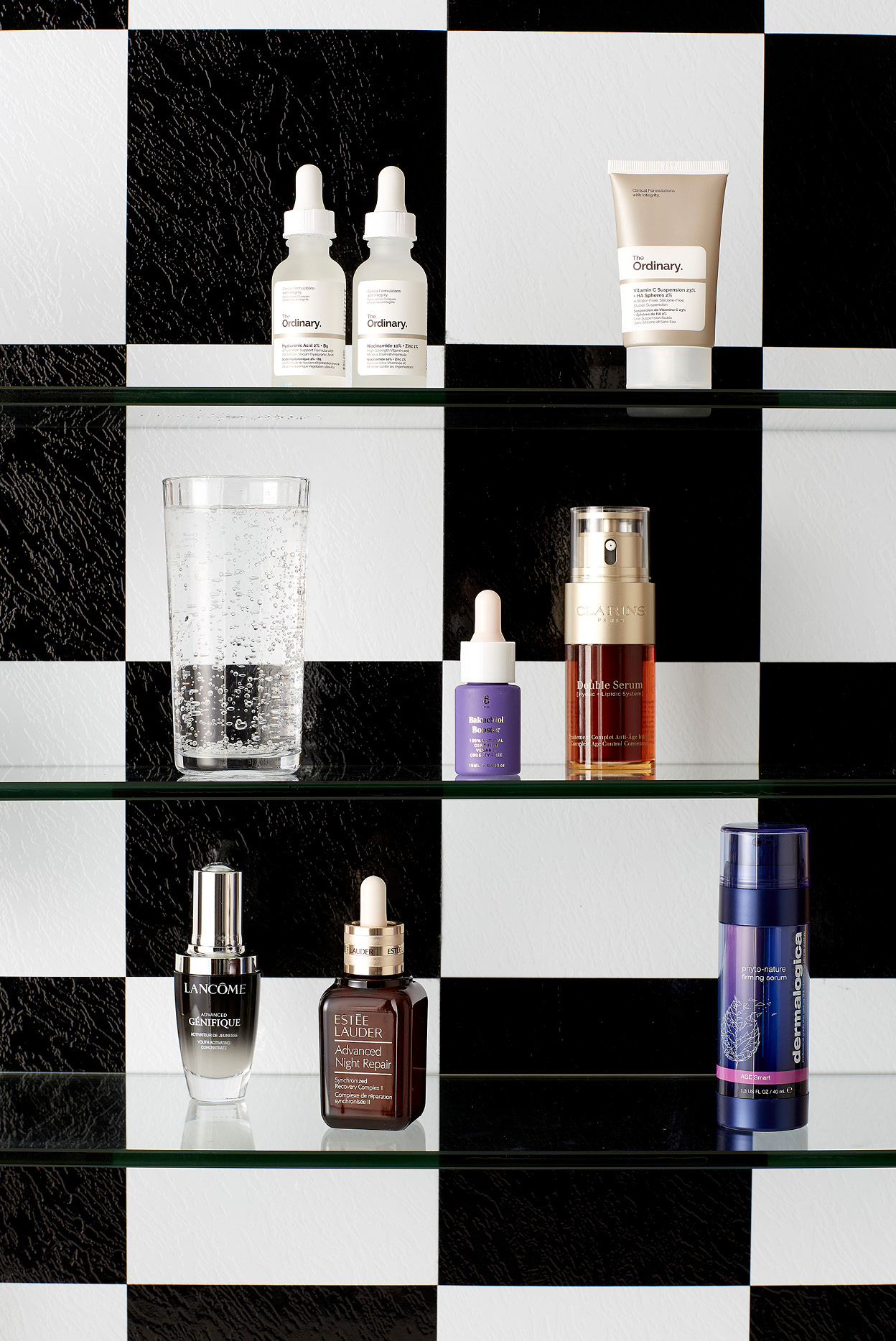
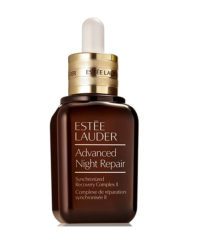
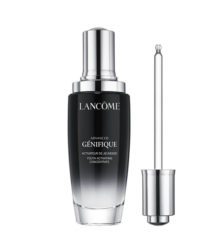
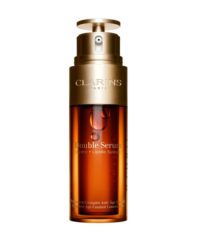
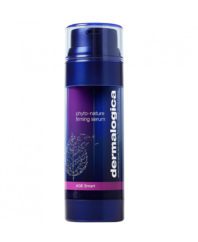
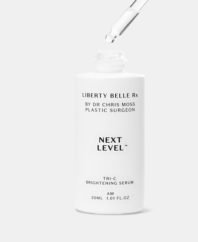
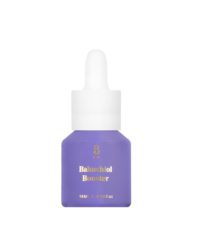
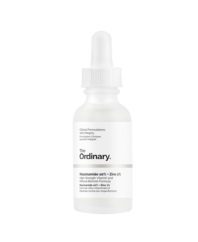





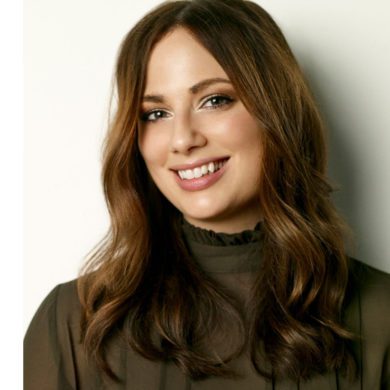




No Comments